Romans consumed 250 gallons of water per person daily: Why is this important for Modern Cities?
Water consumption in ancient Rome was a remarkable aspect of Roman engineering and urban planning.
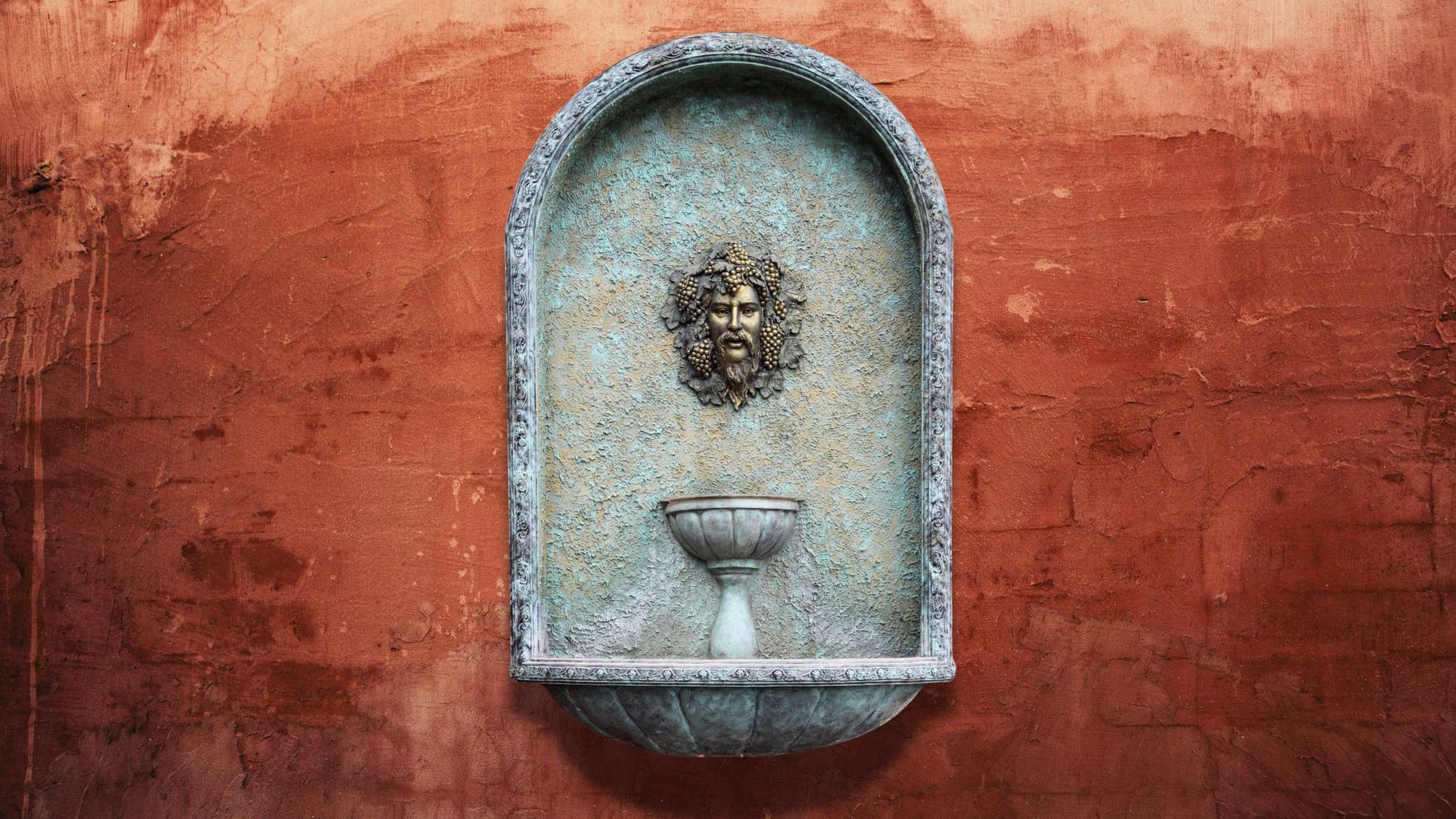
The Romans developed one of the most sophisticated water management systems of the ancient world, primarily through the construction of aqueducts, which brought fresh water from distant sources into the city.
Water: The Lifeblood of the Empire
In Ode to Helen, Edgar Allan Poe writes about “the glory that was Greece and the grandeur that was Rome” and this might bring to people’s minds pictures of ancient ruins, coins and statuses, but it does not bring the mind-blowing fact that ancient Romans had access to more daily water than modern New Yorkers. And there was still enough water left over for their numerous fountains and baths.
The early inhabitants of Rome initially relied on the Tiber River to meet their water needs. As Rome expanded from a small farming community along the Tiber into a vast empire with nearly one million residents, it faced the ongoing challenge of securing and maintaining sufficient freshwater to ensure the health, nourishment, and hygiene of its population.
To address this, the Romans adapted and refined aqueduct technology from the Assyrians, Etruscans, and others. However, they didn't just imitate—they significantly advanced the field through extensive aqueduct construction across their empire. The effectiveness of their efforts is still visible today in the nearly 2,000-year-old remains of grand structures like the arches of the Porta Maggiore in Rome and the 12-kilometer-long Aqua Claudia arcade in the Campagna.
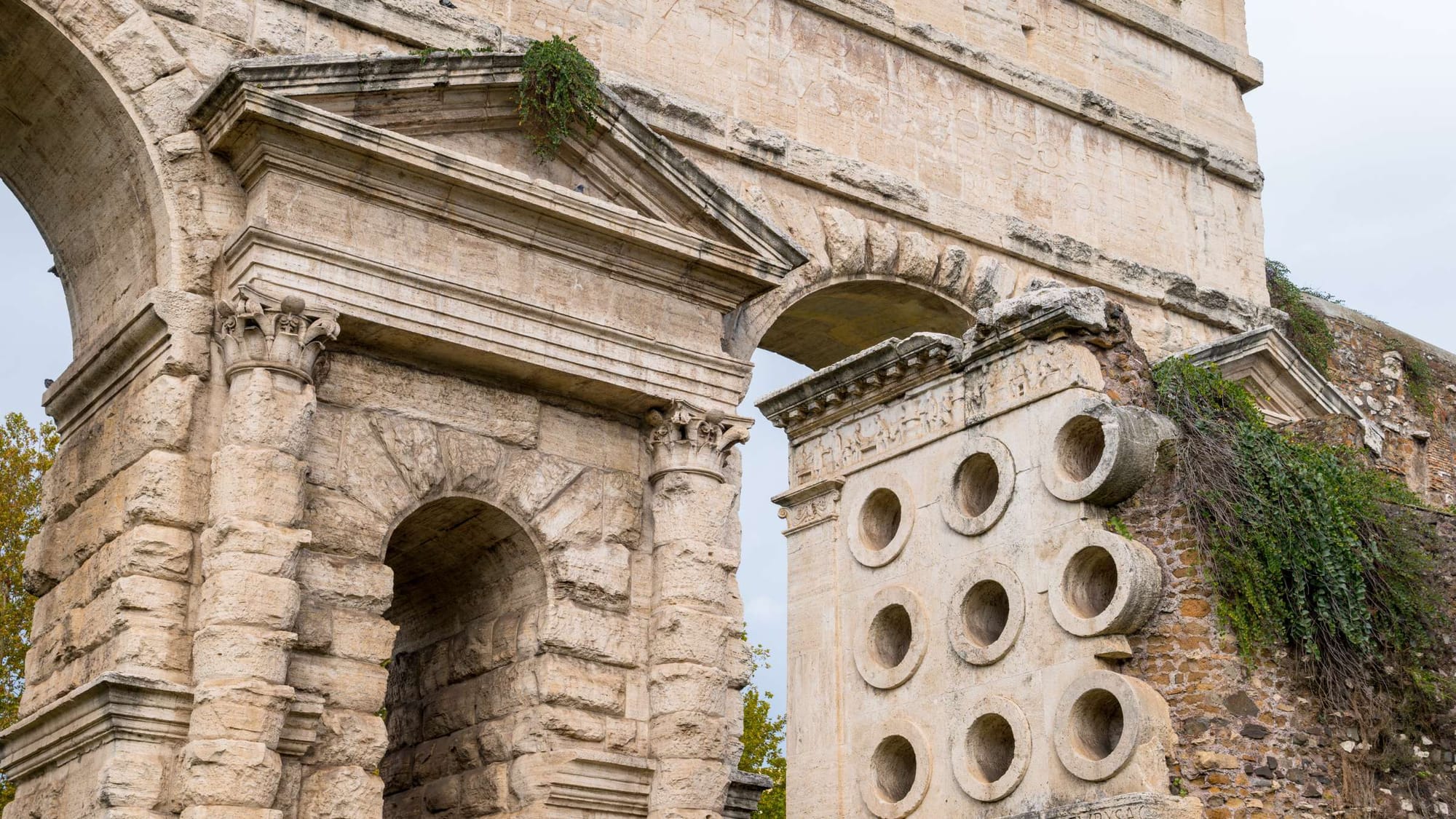
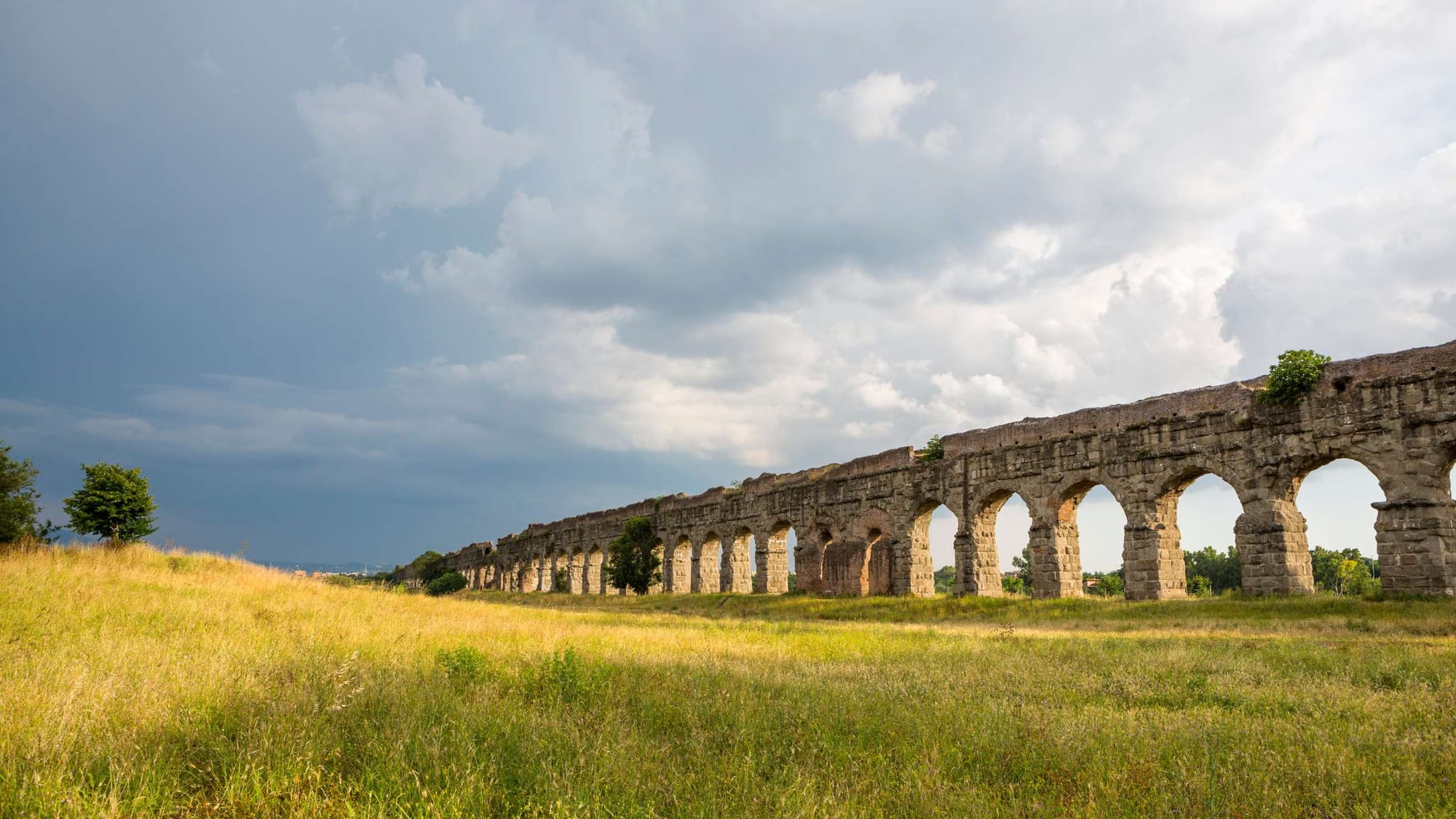
A view of Porta Maggiore and the Aqua Claudia. Credits: Photo Beto & ROMAOSLO from Getty Images Signature by Canva
This Roman technology also influences modern water systems, such as the aqueducts supplying Manhattan from the Catskill Mountains and those used by Los Angeles to manage water. These examples demonstrate that the aqueduct design principles developed by the Romans continue to support large urban centers, today.
It is particularly noteworthy that both the citizens of ancient Rome and those of today share the experience of living in densely populated urban areas where sanitation is crucial. Thanks to relatively efficient water supply and sewage systems, both ancient Rome and modern cities have maintained high standards for providing clean water and managing waste.
In fact, the Romans may have surpassed us in terms of the amount of water supplied to the city and the effectiveness of their wastewater disposal. Don Nardo, (born February 22, 1947, is an American historian, composer, and author. With over 540 published books, he is among the most prolific writers in the United States and is recognized as one of the leading authors of historical works for children and teens) in Roman Roads and Aqueducts, estimates that the eleven Roman aqueducts servicing over a million people in Rome could deliver about 250 gallons of water per person per day, compared to around 125 gallons per day supplied by a typical American water authority.
Both societies have also demonstrated effective water disposal methods; the Romans built crowned roads with raised sidewalks and covered sewers large enough to walk through in busy city areas.
The Cloaca Maxima, part of a drainage system constructed by the Etruscans, still drains storm runoff from a modern Roman road into the Tiber River, visible from the Ponte Palatino. These standards are impressive, especially when compared to the unsanitary conditions of crowded European cities in the Middle Ages, where sewage was often thrown from windows and wastewater collected in the streets.
Examining Roman aqueducts offers valuable insight into how a civilization can maintain a high standard of health—higher, in fact, than that of the monarchies that emerged after Rome's decline. (Aqueduct Architecture: Moving Water to the Masses in Ancient Rome by Ralph Russo)

Water before the aqueducts
Before the aqueducts were built, Rome had other means of accessing water, which is a less well-known part of its history. This involved the use of cisterns and wells. Unlike the public aqueducts and baths, wells were privately owned and typically built within individual homes.
While the benefits of wells might seem less impressive compared to the advanced and luxurious aqueducts, they were vital to early Roman life. Wells were constructed by digging vertically until a water source was reached, and the walls were lined with masonry, often using dry-stone or terracotta rings.
Wells were also equipped with a well head to prevent accidents and usually had a cover. Even before the advent of aqueducts, these wells were quite sophisticated, resembling modern ones.
Another water source used by the Romans before aqueducts was the cistern. Unlike wells that tap into underground water, cisterns are basins dug into the ground to collect and store rainwater. They captured rainwater from roofs or the ground, providing families with immediate access to water, though their supply depended on the weather.
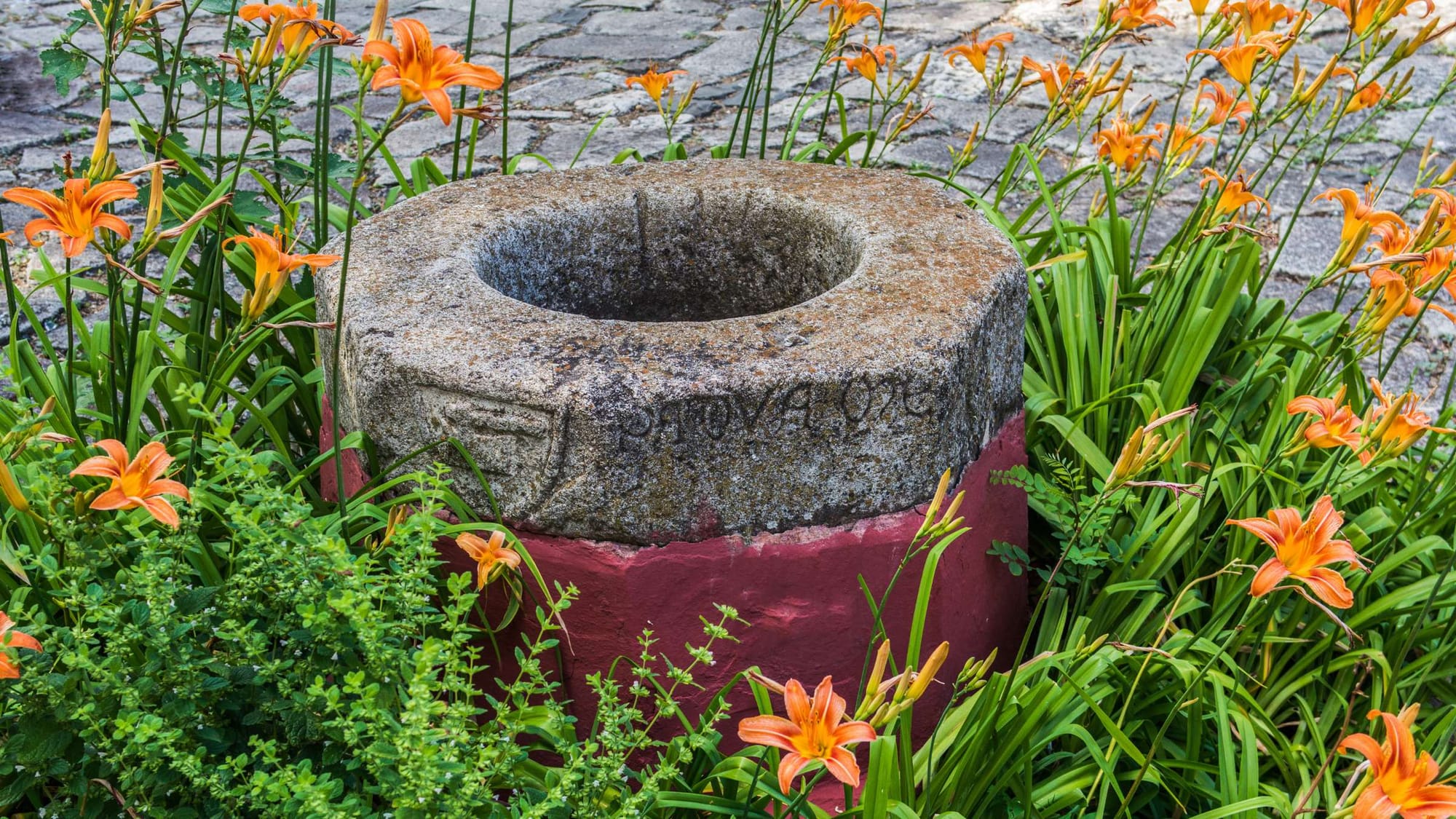
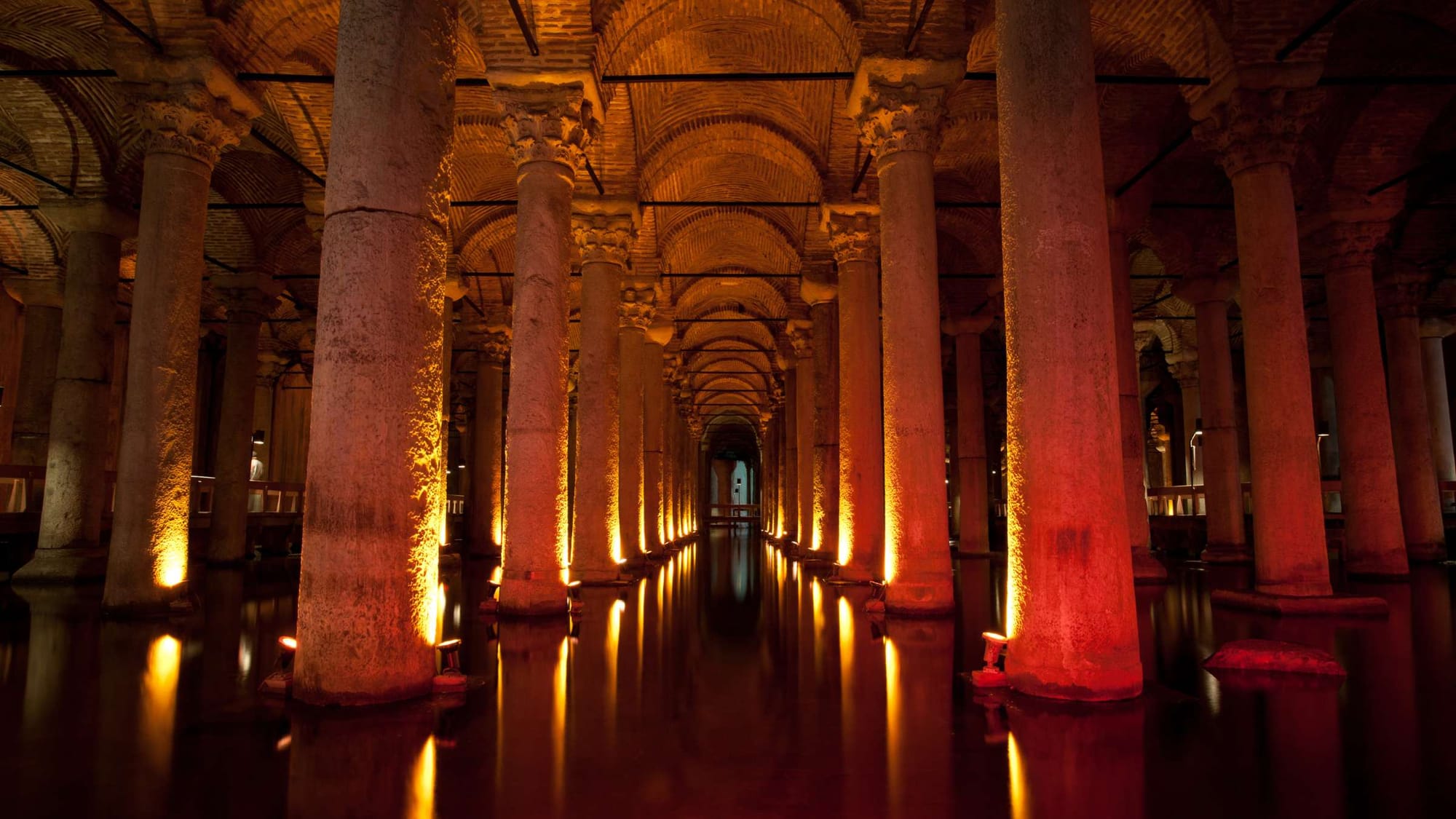
An ancient Roman well cap and the Roman Basilica Cistern in Constantinople. Credits: AlexeyPelikh and anzeletti from Getty Images/Getty Images Signature by Canva
Water was vital in Roman culture, as Vitruvius noted, supplying "an infinite number of practical needs" and being essential for all aspects of life. Romans enjoyed water not only for its practical uses but also in their baths and ornamental fountains.
Over 500 years, 11 aqueducts were built, beginning with the Aqua Appia in 312 BC, which allowed Rome to grow and prosper. After a period of neglect in the first century BC, Augustus and Marcus Agrippa revitalized the aqueducts, with Agrippa also "supplying the city with a large number of ornamental fountains," as mentioned by Frontinus. (Sextus Julius Frontinus, was a prominent Roman civil engineer, author, soldier and senator of the late 1st century AD who became water commissioner (curator aquarium), an official responsible for managing the water supply, ensuring its fair distribution, and maintaining the aqueducts, in 97 A.D)
Emperor Claudius later completed the Anio Novus and Aqua Claudia, with the latter praised by Frontinus for its purity. However, the Anio Novus, despite having a settling tank, often brought water to Rome "in a discolored condition whenever there are heavy rains" (Frontinus). The final aqueducts were built during the reigns of Trajan and Alexander Severus.
Despite the aqueducts, many Romans still relied on wells and cisterns for their water needs, particularly in homes and apartment buildings. Before the Aqua Appia, according to Frontinus,
"For four hundred and forty-one years from the foundation of the City, the Romans were satisfied with the use of such waters as they drew from the Tiber, from wells, or from springs.
Esteem for springs still continues and is observed with veneration. They are believed to bring healing to the sick, as, for example, the springs of the Camenae, of Apollo, and of Juturna.
But there now run into the City: the Appian aqueduct, Old Anio, Marcia, Tepula, Julia, Virgo, Alsietina, which is also called Augusta, Claudia, New Anio."
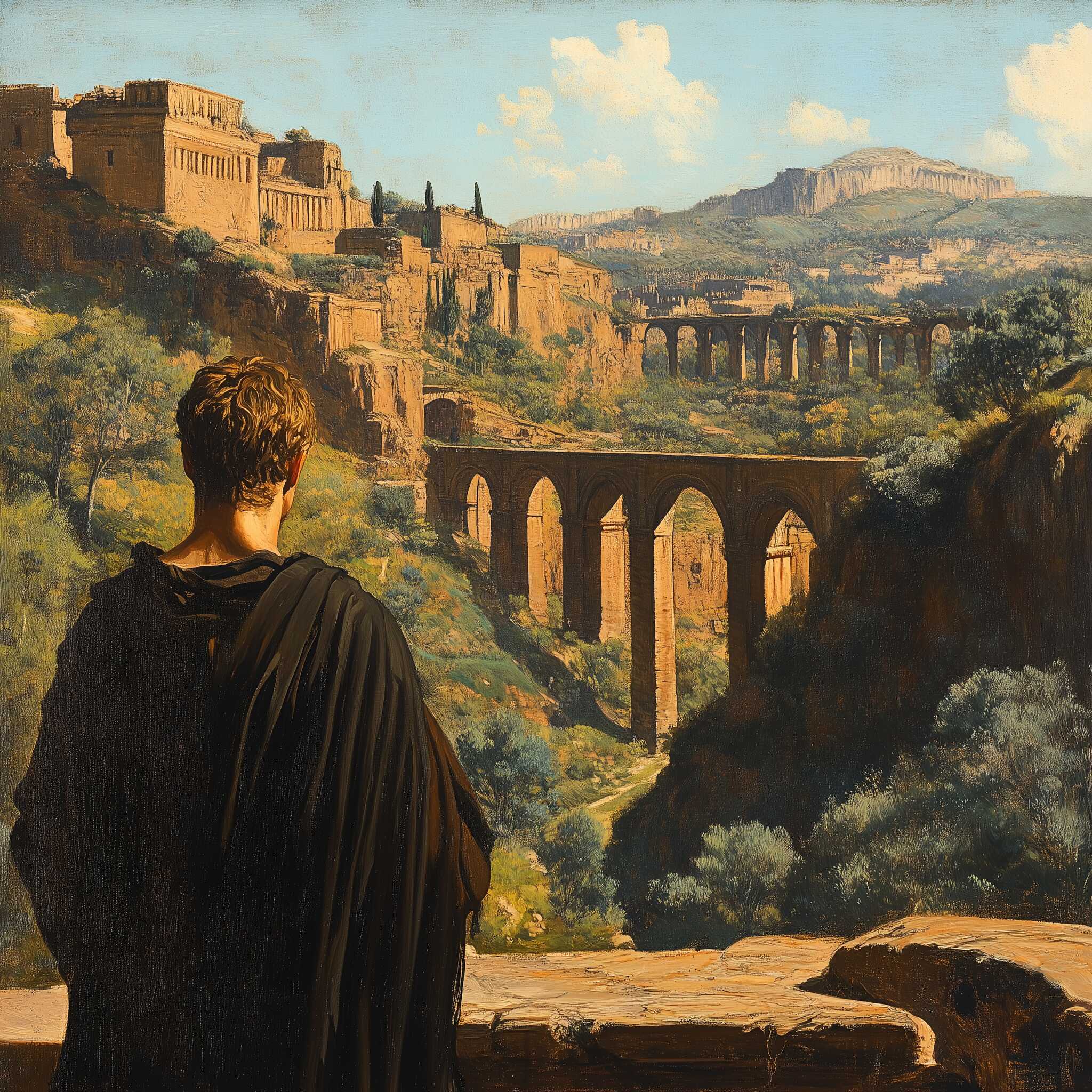
Public water basins supplied by aqueducts were common, with Frontinus listing 591 in first-century Rome.
Sextus Julius Frontinus, admiring the marvellous Roman aqueducts. Illustration: Midjourney
While water was essential, some argue it was not the primary beverage for most Romans, who often drank beer and wine due to concerns about water contamination. However, the aqueducts' most significant role was supporting Rome's passion for bathing, a practice inherited from the Greeks.
By 33 BC, there were 170 baths in Rome, and this number grew to nearly 1,000 at the empire's peak. The grand Baths of Caracalla, built in the third century AD, required additional water sources, underscoring the importance of aqueducts in meeting the city's immense water demands. (Water Distribution in Ancient Rome: The Evidence of Frontinus by By Harry B. Evans)
“Since I have reviewed the builders and dates of each aqueduct, in addition to their sources, the lengths of their conduits, and the order of their elevations, it seems to me not out of place to add individual details as well and to show how great is the supply that satisfies not only public and private needs and support but also pleasures; through how many castella and to what regions water is distributed, how much outside the city, how much within it, and how much of this volume is furnished to basins, how much to ornamental fountains, how much to public works, how much in Caesar's name, how much for private needs.
I think it worthwhile, however, before citing the names of quinariae, centenariae, and the other units through which measurement has been established, to point out what their origin is, what their capacities are, and what each term means, and after setting forth the rule according to which their system is reckoned and fixed, to show how I have found things in disagreement with this system and what way of correcting them I have followed.”
Sextus Julius Frontinus, On the water supply of ancient Rome

Liquid gold flowing in the city of Rome
In his Natural History, Pliny the Elder praised the aqueducts of Rome as a “marvel” that was “unsurpassed,” emphasizing their ability to supply abundant water for public baths, household needs, gardens, and more.
He noted that when considering "the distances that are traversed, the arches that have been constructed, the mountains that have been pierced, the valleys that have been levelled," it is clear that there is "nothing to be found more worthy of our admiration throughout the whole universe."
This admiration for Roman engineering is echoed by other writers. The Greek historian Dionysius of Halicarnassus ranked the aqueducts as one of "the three most magnificent works in Rome," alongside paved roads and sewers, citing their utility and the enormous expense involved in their construction as a testament to the "greatness of the Roman empire."
Strabo, the geographer, remarked that “so plentiful is the supply of water from the aqueducts, that rivers may be said to flow through the city," with nearly every house furnished with "water‐pipes and copious fountains.”
Edward Gibbon, in his famous work The History of the Decline and Fall of the Roman Empire, described the aqueducts as “among the noblest monuments of Roman genius and power,” praising "the boldness of the enterprise, the solidity of the execution, and the uses to which they were subservient." Comparable modern water supply systems were not developed until the nineteenth century. (The Aqueducts and Water Supply of Ancient Rome by David Deming)

Five Important Lessons from Roman Water Consumption for Modern Cities
The fact that ancient Romans consumed approximately 250 gallons of water per person daily is significant for modern cities, especially in the context of current challenges such as overconsumption, climate change, and drought.
While the Romans’ ability to provide ample water to every inhabitant demonstrated their engineering skillfulness, modern cities face a far more complex set of circumstances that make such levels of water consumption difficult to sustain, especially when they must also address the pressing environmental and resource challenges of the 21st century.
- One of the most significant issues facing modern cities is overconsumption. Unlike in ancient Rome, where water was abundant and supply could exceed demand, many cities today struggle with the excessive use of water resources, often leading to shortages.
The 250 gallons per person per day that the Romans enjoyed is far beyond what is feasible for many urban centers today, where water conservation is increasingly critical. Overconsumption, driven by population growth, industrial demands, and lifestyle choices, puts immense pressure on existing water supplies, necessitating the development of more efficient water use strategies and technologies to avoid depletion. - Climate change further exacerbates the challenge of water management in modern cities. As global temperatures rise, many regions are experiencing more frequent and severe droughts, reducing the availability of fresh water. Unlike the Romans, who could rely on a relatively stable climate and abundant sources, modern cities must contend with the unpredictability of weather patterns that can disrupt water supplies.
The Roman model of building extensive aqueducts to ensure a steady flow of water is still relevant, but today’s cities must incorporate climate resilience into their infrastructure to manage water more effectively in the face of changing conditions. - Drought, a direct consequence of climate change in many regions, like the recent problems faced in Barcelona, Spain, poses another significant challenge for modern urban water systems. Where the Romans might have redirected water from distant sources to meet their needs, modern cities facing prolonged droughts must balance the competing demands of agriculture, industry, and residential use.
This balancing act often requires strict water rationing and the development of alternative water sources, such as desalination or recycled wastewater, to ensure that cities can continue to function during periods of low rainfall. The Roman approach of ensuring ample water for all is increasingly difficult to maintain, prompting the need for innovative solutions to manage scarcity. - Moreover, the environmental impact of maintaining high levels of water consumption, as the Romans did, is a critical consideration for modern cities. Drawing large quantities of water from natural sources can lead to the degradation of ecosystems, the depletion of aquifers, and the loss of biodiversity.
In an era where environmental sustainability is paramount, cities must find ways to reduce water use and protect natural resources. This includes implementing more sustainable water practices, such as greywater recycling, rainwater harvesting, and the restoration of natural waterways, which contrast with the Roman emphasis on maximizing water supply at any cost. - In addition to these environmental challenges, modern cities must also address the social implications of water management. Inequities in water distribution can lead to significant disparities in access, particularly in areas affected by drought or overconsumption.
Unlike ancient Rome, where water was provided relatively equally through public fountains and baths, modern cities often struggle with ensuring that all residents have adequate access to clean water. Addressing these inequities requires policies that prioritize the fair distribution of water resources and the infrastructure needed to support all segments of the population.
By learning from the Romans' achievements while adapting to contemporary realities, modern cities can develop more sustainable and resilient water systems that meet the needs of their populations without compromising the health of the planet.


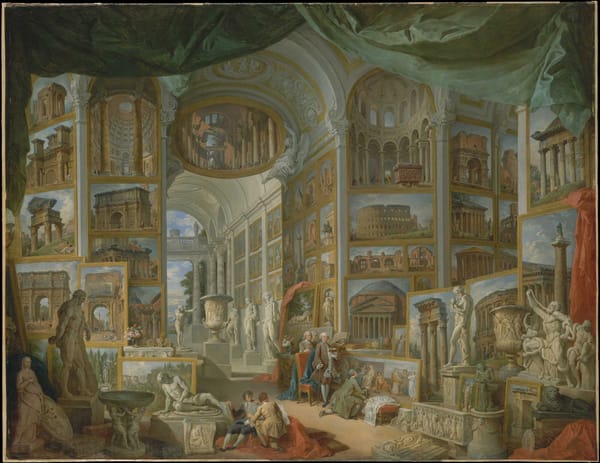
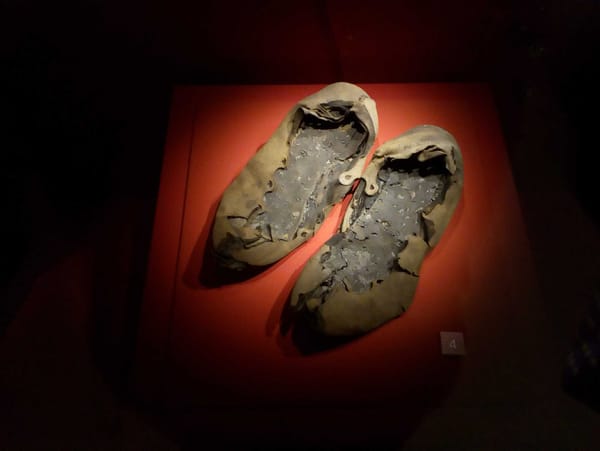
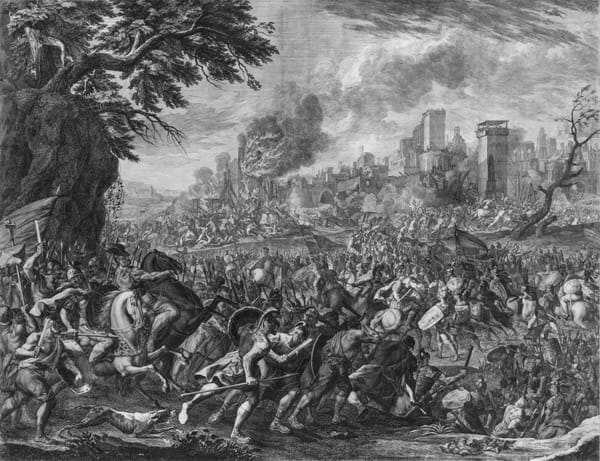
About the Roman Empire Times
See all the latest news for the Roman Empire, ancient Roman historical facts, anecdotes from Roman Times and stories from the Empire at romanempiretimes.com. Contact our newsroom to report an update or send your story, photos and videos. Follow RET on Google News, Flipboard and subscribe here to our daily email.
Follow the Roman Empire Times on social media: